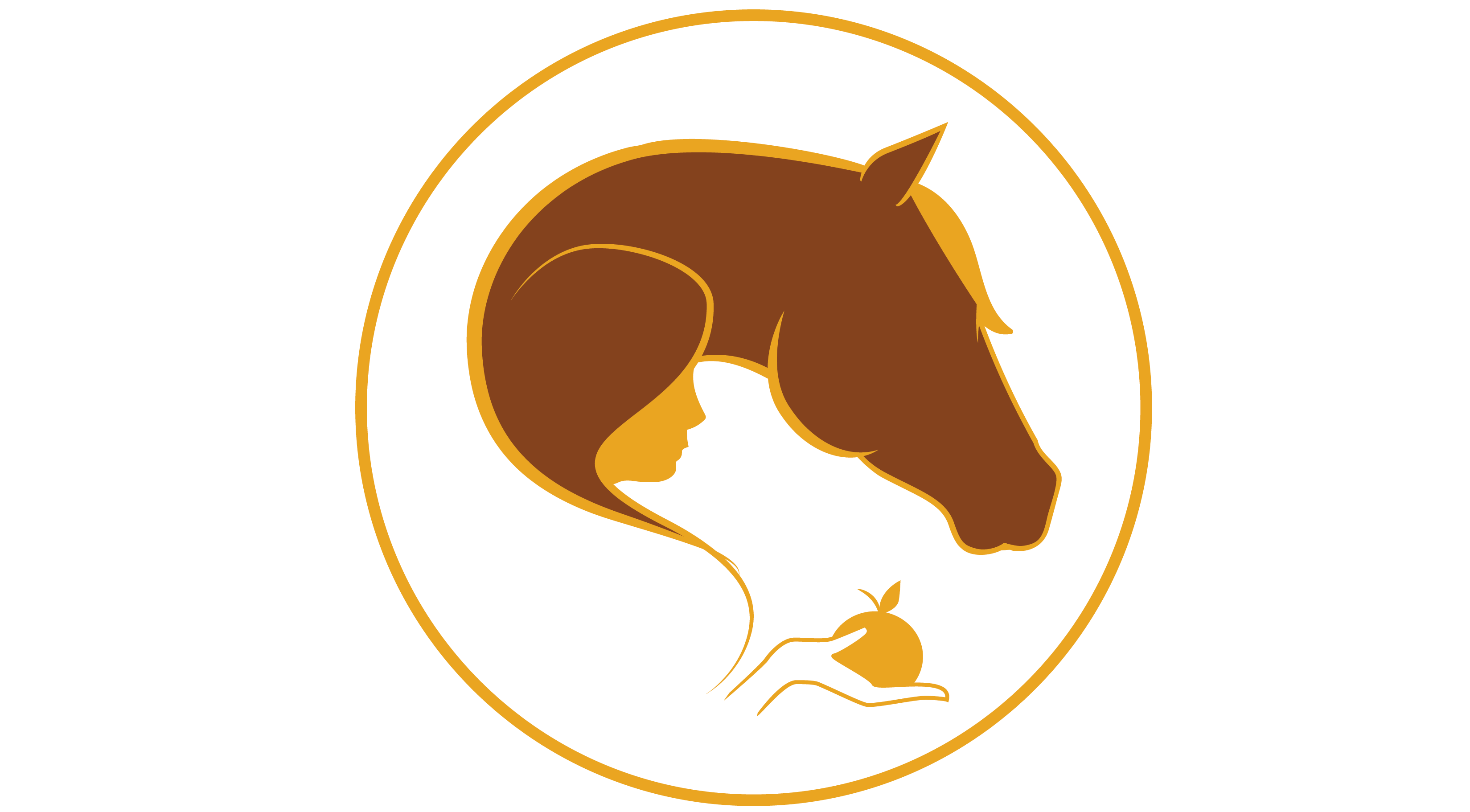Classical or Operant When Fear is Involved?

When I train equines that have a lot of fear, or are unhandled, feral or traumatised in some way, I’m always very aware of how powerful Classical Conditioning and Counter Conditioning are and how they can serve me in helping these types of equines. This is in conjunction with Systematic Desensitisation of course. Most importantly, I can use food without them having to behave in any way specifically or do anything that I decide on, for the food. They’re always behaving, that’s a given but they just do what feels comfortable and stays within their emotional comfort zone. We call this non-contingent food, when there are no “strings attached” to the food delivery.
Most people want to jump straight to clicker training and using positive reinforcement to get behaviour and try to change emotional responses Operantly and there’s a lot of risks doing it that way for the inexperienced. It can also become quite coercive and you risk approach avoidance conflict, as I’ve mentioned in other posts. It can be very effective for experienced trainers to go straight to R+, but a lot depends on the level of fear and trauma the equine is experiencing and R+ is often happening anyway when food is involved for Counter Conditioning.
It’s something that can be challenging to explain and even more challenging to demonstrate. Classical Conditioning, (also known as Pavlovian Conditioning) and specifically explaining and demonstrating Counter Conditioning, which is a part of Classical Conditioning can get complex.
But it’s something that is always happening alongside Operant Conditioning, whether you train with Negative or Positive Reinforcement.
In very basic terms Pavlov identified the significance of the pairing of a stimulus and a response. He described two kinds of reflexes/ responses, one that did not need to be learnt/ conditioned, such as salivating, flinching, goosebumps or the knee jerk of a reflex test in response to a stimulus.
The other is a conditioned or learnt response to a stimulus, where the pairing of a neutral stimulus with a biologically salient (unconditioned) stimulus such as food, created an *association* whereby the neutral stimulus comes to predict the arrival of the unconditioned stimulus ie. food.
A great example in Positive Reinforcement is the pairing of the sound of the click (neutral stimulus) with food (unconditioned stimulus). After numerous pairings, the click predicts the arrival of the food and often salivation in the horse, much like Pavlov’s experiments, where the sound of the metronome predicted the arrival of the meat powder and triggered the response of salivation in the dog.
John B. Watson took Pavlovian Conditioning a step further when he found that emotional responses could be paired with stimuli, so that similarly, a particular stimulus predicted a scary event and a fearful response OR a stimulus could be conditioned to predict a pleasurable event and therefore feelings of enjoyment. This pairing could then also be used to change/counter a conditioned/learnt emotional response, we call this Counter Conditioning. For example, if the stimulus was something that evoked fear due to prior experiences (pairings), it could be paired repeatedly at a very low level of exposure (Desensitisation) with something pleasurable, such as food and over time the fear response changes to pleasure, as the previously fear evoking stimulus now predicts something pleasurable.
This is a very brief description, but it is a very powerful way to unlearn fear, and of course it’s important to remember that it can go the other way, where the pairing of a stimulus can condition a fear response, where there was none before, or simply a neutral response.

